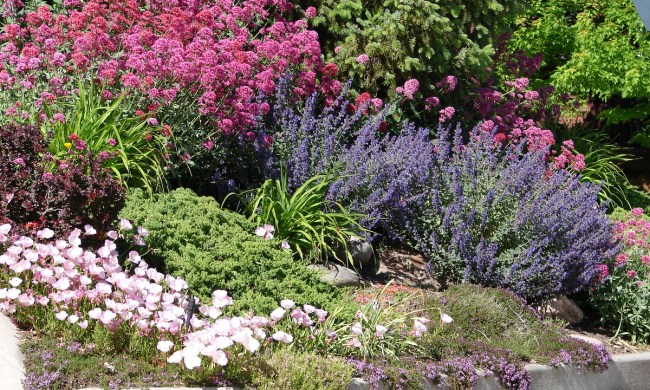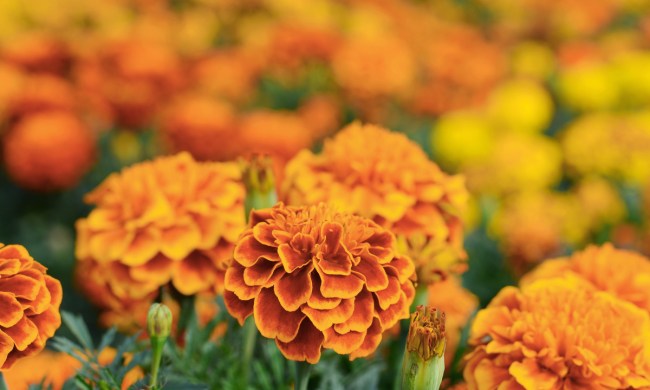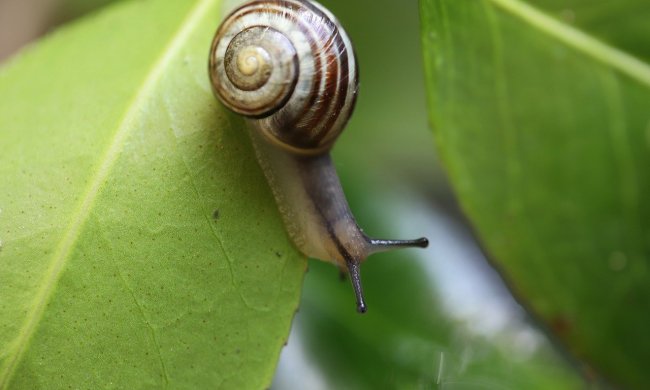All plants need some amount of water, but they also all have a limit. Too much water can be even worse than too little water in some cases. During rainy weather, if water is pooling in parts of your garden it could spell disaster for your plants. Luckily, there are ways to drain the extra water away from your garden and direct it elsewhere. This simple guide to French drains will explain everything you need to know to answer the question, “What is a French drain?” and to learn about installation and maintenance.
What is a French drain?

As the name implies, a French drain is a type of drainage system. Think of it as a reverse irrigation channel; rather than carrying water to thirsty plants, it takes water away from drowning ones. The system itself is fairly simple. You put a pipe in a trench, which slopes away from the garden toward a storm drain, drainage ditch, or rain barrel.
It can also drain to any other place where the water won’t cause damage. You put gravel over the pipe to keep it in place without blocking the water’s access to the system. In addition to keeping excess water out of your garden, it can also stop basements or foundations from flooding or receiving damage from water. The only difference is where you put the French drain.
What are the pros and cons of a French drain?

Pros
French drains are relatively easy to install yourself, but they’re also common enough that many landscaping or plumbing professionals offer French drain installation as a service. French drains are also effective. They remove excess water that’s pooling on the surface of your garden, but they can also drain water that has already been absorbed into the soil. Additionally, the materials used to make a French drain are relatively easy to find, and easy substitutions mean the budget required for the project is flexible.
Cons
While French drain installation is generally easy, there are some factors that complicate it. If your yard or garden is small, has multiple structures or features, or has electrical lines or plumbing running through or near it, then installing a French drain will be more difficult. French drain installation also involves quite a bit of digging, which can be hard on you physically. Additionally, it can be challenging to find a good place for the water to drain to.
Installing a French drain

First, find the proper location for your French drain. It needs to be at a lower elevation so water will flow toward the drain. Take note of the places where water gathers after a storm, as this is where your drain is needed the most! Plan the route your drain will take before you begin working on it, and check the path for pipes, cables, or other obstacles.
Next, dig your trench. It should be roughly 1 foot wide throughout, but the depth will vary. Your pipe needs to run downhill to carry the water away. If your yard doesn’t have a natural slope, you’ll need to create the slope by digging the trench deeper as you move. Line the trench with drainage fabric, with plenty of excess left to wrap over the pipe. This will protect your pipe from becoming clogged while still letting the water through.
Then, add your pipe to the trench. The pipe should be perforated, meaning it has holes in it, so the water can enter the drain at any point. You can perforate your own pipe, but pre-perforated pipes are available at most hardware stores. Corrugated and PVC piping are the two most commonly used types of pipe for this. Corrugated pipe is more flexible, while PVC is more durable.
Next, add gravel around your pipe. Wrap the excess drainage fabric around the gravel and secure it with duct tape or wire. If the fabric doesn’t reach far enough, you can add a second layer of fabric over top and secure it with wire. Finally, refill the trench as much as possible with the displaced dirt. You will have some left over, which can you can use for other projects such as building a raised garden bed.
French drain maintenance

The most important thing to watch for is a change in drainage. If you notice water building up on the surface of your yard or garden again, then most likely, your French drain is clogged. You can fix this with a long drain snake or sewer snake, such as one that you might use to unclog a sink. You’ll need to dig your French drain up for this. Some gardeners choose to attach surface connectors at the beginning and/or end of the drain. While it isn’t strictly necessary, it can make maintenance easier. Cleaning your French drain once a year as part of your regular home maintenance routine will keep it in good shape and help you catch blockages before they become severe.
French drains may not be the ideal solution for your garden, but they can be incredibly helpful. If water is building up in and around your garden or in other parts of your yard, then installing a French drain might be a good idea. Whether you’re planning a long system of multiple pipes to drain your entire yard or just need a short drain to keep water from building up around your vegetable patch, then hopefully, this guide has helped.




